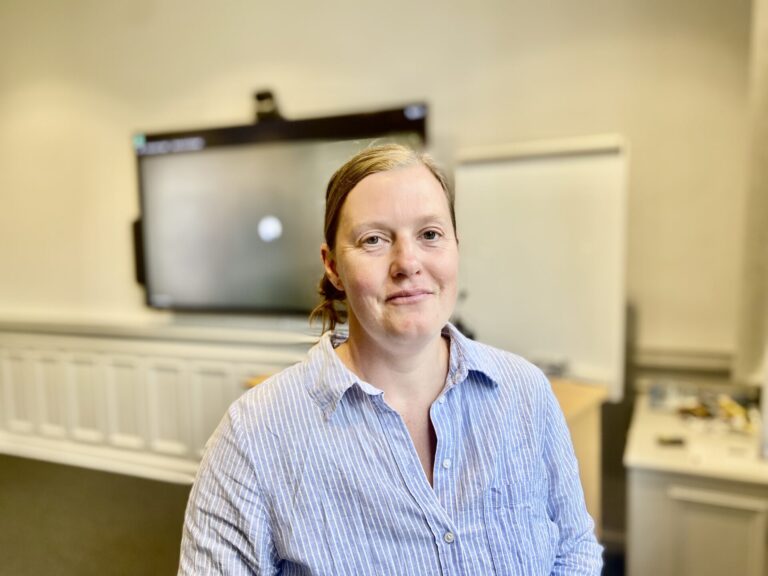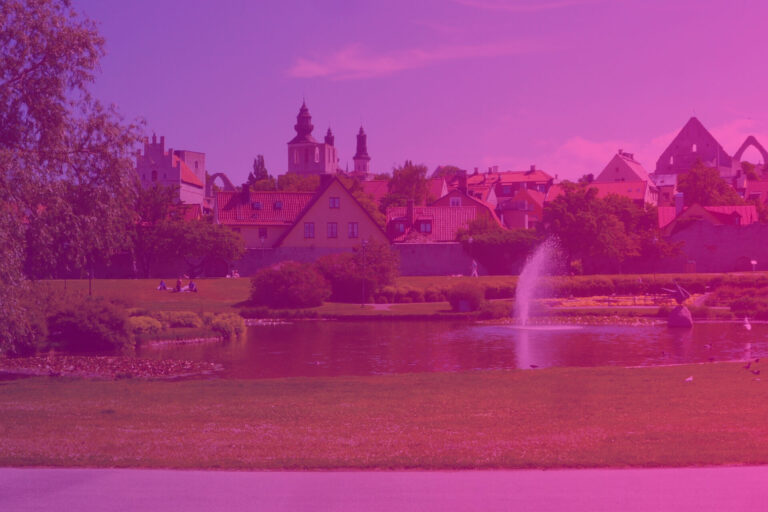
Kristofer Skyttner had just started his own business based in Linköping Science Park and was fully occupied with it. His company offers its customers a fully automated system that allows them to link together the entire process from manufacture to online sales.
“Thanks to the fact that I started the company in a science park and not in a basement, I was exposed to so much more. All of a sudden I found out while queueing for lunch that a makerspace was going to be built in Linköping, and I got invited to the first meeting.”
You could say that it was luck that they happened to meet that day. But you could also say it was inevitable. They met in a science park where thousands of people work, and where an open event is held almost daily. All the prerequisites were there.
Let’s pause the story and return to Kristofer a bit later.
You probably already know what a makerspace is, or at least might have heard the word. The Makers of Sweden organisation says that a makerspace comprises “people who gather in quasi-workshop environments conducive to the sharing of knowledge, tools and ideas”.
Makerspaces bring together people who use CNC machines, teach 3D printing, have robot-sumo competi-tions, convert dolls to synthesisers, crochet and sew – with or without built-in electronics.
It’s a place, a context, where people who like creating find like-minded others.
As proof of the importance of the makerspace association in Linköping, they were – thanks to the large community of creative people – contacted by the innovation team at Region Östergötland, who asked if they could help slow down the corona pandemic with the aid of open design.
The products of their efforts were freely available blue-prints, prototypes, designs and samples for making protective visors, goggles and breathing masks.
Back to the story.
Five years after his lunch queue chat, Kristofer Skyttner looks back at what became MakersLink – the not-for-profit makerspace association in Linköping.
“It started with an empty, crappy industrial building with no lighting. With the help of 30 or so volunteers and a load of donated machines and furniture we were able to get it in some order. Today we have an association of over 250 members that keep the place open several days a week, where everyone is welcome to come and create. And all this work was done on a shoestring budget.”
Volunteers and other non-profit agents
Kristofer Skyttner mentions several times that it was the space that made everything possible. A brave municipal company made sure that they gained access to the premises, which had been standing empty for some time. In return for creating an open and creative meeting place, the association was also given relatively free rein.
“We got the keys to the building around midsummer 2015. We had nothing. Since our costs were low, we were able to focus on building the business. We went round to companies and private individuals all over Linköping, collecting donated and broken things. Things that were available and that the members said they wanted. It’s the members that have built up this association from scratch and made it such a success.”
Today, there are all kinds of makerspace associations dotted around the country.
Some municipalities start a makerspace and employ people who teach kids to use 3D printers. Other associations have a more anarchist bent and are steeped in politics and philosophy. Then you have commercial makerspace associations targeted at companies, and ones that are free and open to everyone and anyone.
When MakersLink was founded, they looked at how other voluntary movements and organisations have grown their businesses. With a sufficiently strong vision and policy, it even seemed possible to build up a business using volunteers and other non-profit agents.
“We said from the outset that people couldn’t buy their way into the association. All you had to do was trade time. If you could agree to keeping the place open two days a month, you got your own key and could come and go as you pleased. This meant that we always had someone there who could open up for inquisitive people and explain to them a little of what we were doing.”
While the first members came from all kinds of back-ground, from teachers to artists, there was a surplus of tech-nical people, many of whom were 25–35-year-old engineers with daytime jobs in cryptotechnology, 5G and gas turbine construction – and a thirst for more meaningful leisure time.
“They come here after work, often without a concrete project to work on. They have a coffee, do a bit of creating and exchange ideas with friends. If we get Linköping’s cre-ative people to meet and create together a few times a week, just imagine what could come of it. I think that new ideas and solutions will crop up that are so good they’ll go towards shaping the communities and businesses of the future.”
Read more about how Linköping Science Park works with communities here, and download the whole book.











